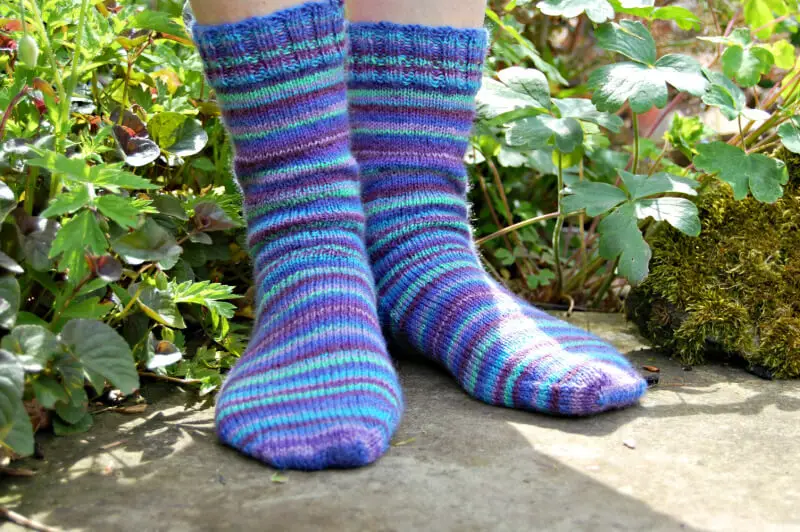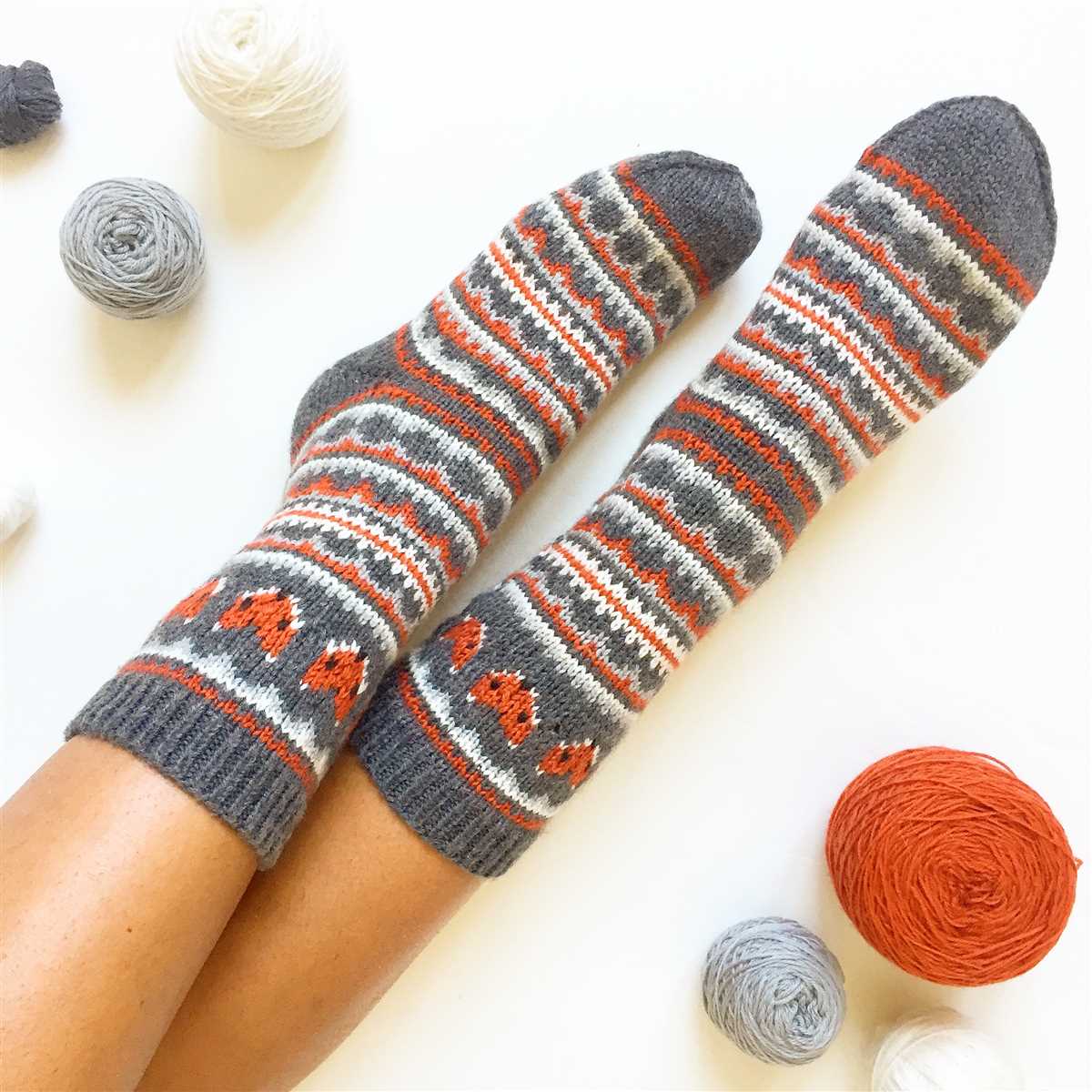
Knitting socks is not only a practical way to keep your feet warm and cozy, but it’s also a great way to show off your creative skills. Whether you’re a beginner or an experienced knitter, there are plenty of free sock knitting patterns available to suit any level of expertise and personal style.
A wonderful aspect of sock knitting is the wide variety of patterns available, ranging from basic designs for beginners to intricate lacework and cable patterns for more advanced knitters. Knitting socks can also be a great way to experiment with different yarns, colors, and textures, allowing you to create unique and personalized socks that reflect your own individuality.
In addition to being a fun and rewarding hobby, knitting socks can also be a thoughtful and heartfelt gift for friends and loved ones. Hand-knit socks are not only incredibly cozy but also demonstrate the time, effort, and love put into creating something special for someone else.
Whether you’re looking to knit a pair of socks for yourself or for someone special, the internet is full of free sock knitting patterns to inspire and guide you. From simple striped designs to intricate Fair Isle patterns, there’s something for every taste and skill level. So grab your knitting needles and get ready to create your own cozy and stylish socks!
Why knit your own socks?
Knitting your own socks can be a rewarding and fulfilling hobby. There are several reasons why you might consider knitting your own socks.
Customization: One of the biggest advantages of knitting your own socks is the ability to customize them to fit your feet perfectly. By taking precise measurements and adjusting the pattern accordingly, you can create socks that are comfortable and snug, ensuring a perfect fit every time.
Quality: When you knit your own socks, you have control over the quality of the materials used. You can choose high-quality yarns that are soft, durable, and long-lasting. This means that your socks will not only look great but also feel great on your feet.
Creativity: Knitting your own socks allows you to unleash your creativity and create unique designs. You can choose from a wide range of patterns, colors, and textures to create socks that reflect your personal style and taste. Whether you prefer simple stripes or intricate lace patterns, the possibilities are endless.
Economical: While knitting your own socks may require an upfront investment in knitting needles and yarn, it can ultimately save you money in the long run. Instead of buying expensive store-bought socks, you can knit your own for a fraction of the cost. Plus, you can use leftover yarn from other projects, making it a cost-effective way to create new socks.
Satisfaction: Finally, knitting your own socks can bring a great sense of satisfaction and accomplishment. As you see your socks taking shape stitch by stitch, you’ll experience a sense of pride in creating something with your own two hands. Plus, wearing a pair of socks that you’ve made yourself is a constant reminder of your creativity and talent.
Overall, knitting your own socks offers numerous benefits, from customization and quality to creativity and cost savings. Whether you’re a beginner or an experienced knitter, knitting your own socks can be a rewarding and enjoyable endeavor.
Basic sock knitting techniques
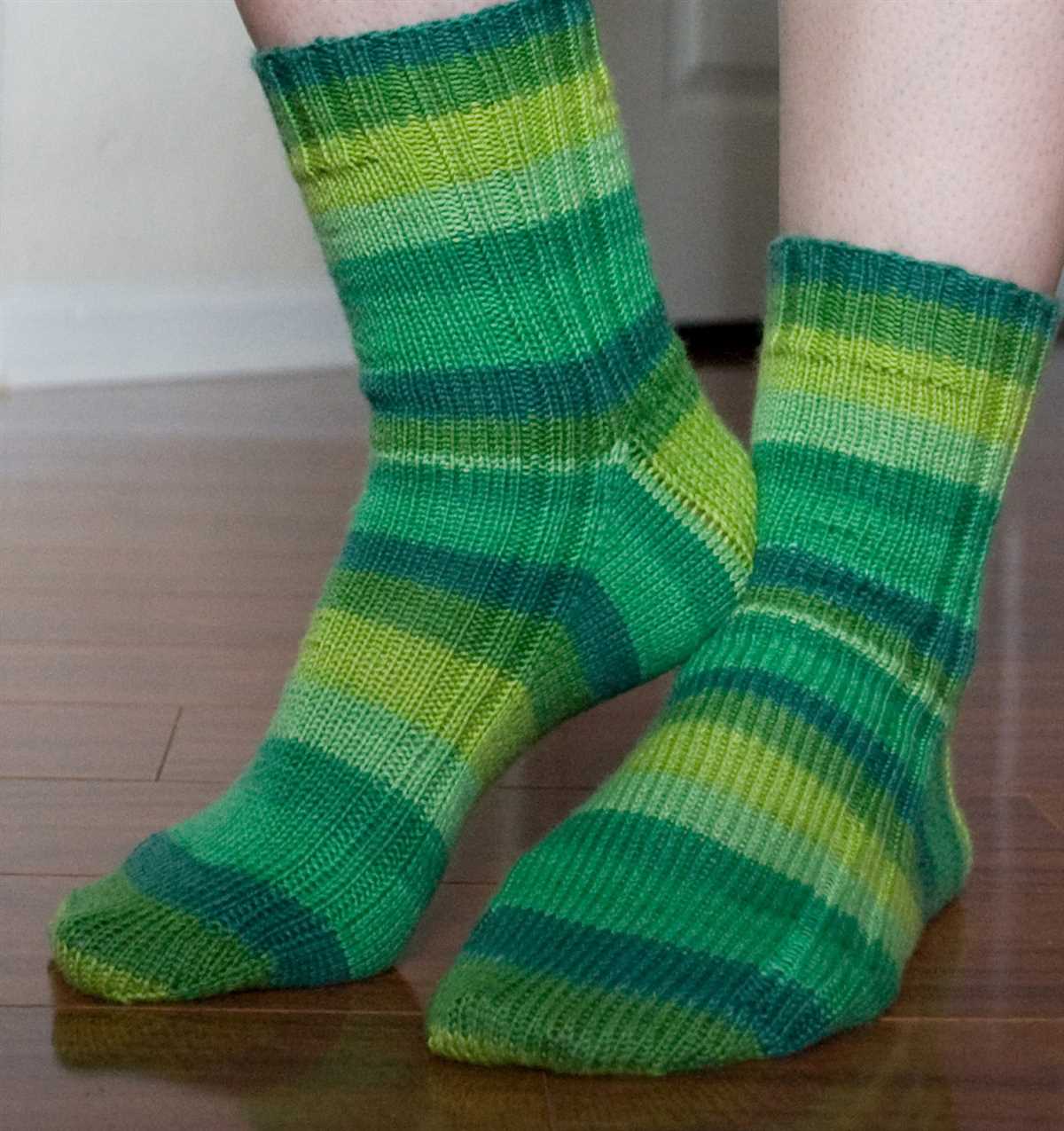
When it comes to knitting socks, there are a few basic techniques that every knitter should know. These techniques will help you create a comfortable and well-fitting sock that will keep your feet warm and cozy.
First and foremost, you need to understand how to cast on stitches for your sock. The most common method for casting on stitches is the long-tail cast on. This technique creates a stretchy and sturdy edge that is perfect for socks. Once you have cast on your stitches, you can begin the ribbing for the sock cuff. Ribbing is an important part of sock knitting as it helps to keep the sock in place on your leg.
After you have completed the cuff, it is time to move on to the leg portion of the sock. This section is typically knit in a plain stockinette stitch or with a simple pattern such as a rib or a cable. The leg can be knit to any desired length, depending on your personal preference.
Next, you will need to turn the heel of the sock. This is where the sock starts to take shape and fit your foot. Turning the heel involves decreasing stitches in a specific pattern to create a cup shape that fits snugly around your heel. This technique can be a bit tricky at first, but with practice, you will master it.
Once the heel is turned, you will continue knitting the foot of the sock. This section is typically knit in the same pattern as the leg or in plain stockinette stitch. The foot is knit to the desired length, usually ending at the base of the toes. At this point, you will need to shape the toe by decreasing stitches in a specific pattern to create a rounded shape. Again, this technique may take a bit of practice, but once you get the hang of it, it becomes easier.
Finally, you will finish off the sock by closing the toe using the Kitchener stitch or a toe grafting technique. This creates a seamless and smooth finish to the sock. Once the toe is closed, you can weave in any remaining ends and your sock is ready to wear!
Summary:
- Start by casting on stitches using the long-tail cast on method.
- Create the sock cuff with ribbing.
- Knit the leg portion of the sock using a plain stockinette stitch or a simple pattern.
- Turn the heel of the sock to create a snug fit around your heel.
- Knit the foot section of the sock in the same pattern as the leg or in plain stockinette stitch.
- Shape the toe by decreasing stitches to create a rounded shape.
- Finish off the sock by closing the toe using the Kitchener stitch or a toe grafting technique.
Essential Tools and Materials
When it comes to knitting socks, having the right tools and materials is essential. To create a well-fitting and comfortable pair of socks, there are several items that you will need to have on hand.
1. Knitting Needles
A good pair of knitting needles is crucial for sock knitting. Most sock patterns recommend using double-pointed needles (DPNs) or a set of circular needles with a small cable. DPNs are ideal for smaller circumference projects like socks, as they allow you to easily distribute your stitches across multiple needles. Circular needles can also be used, especially for knitters who prefer the magic loop technique.
2. Yarn
Choosing the right yarn for your socks is important for both comfort and durability. Sock yarns are typically made from a blend of natural fibers such as wool, silk, or bamboo, which provide warmth, softness, and moisture-wicking properties. Look for sock yarns that have a tight twist or are reinforced with nylon or other synthetic fibers to enhance longevity.
3. Stitch Markers
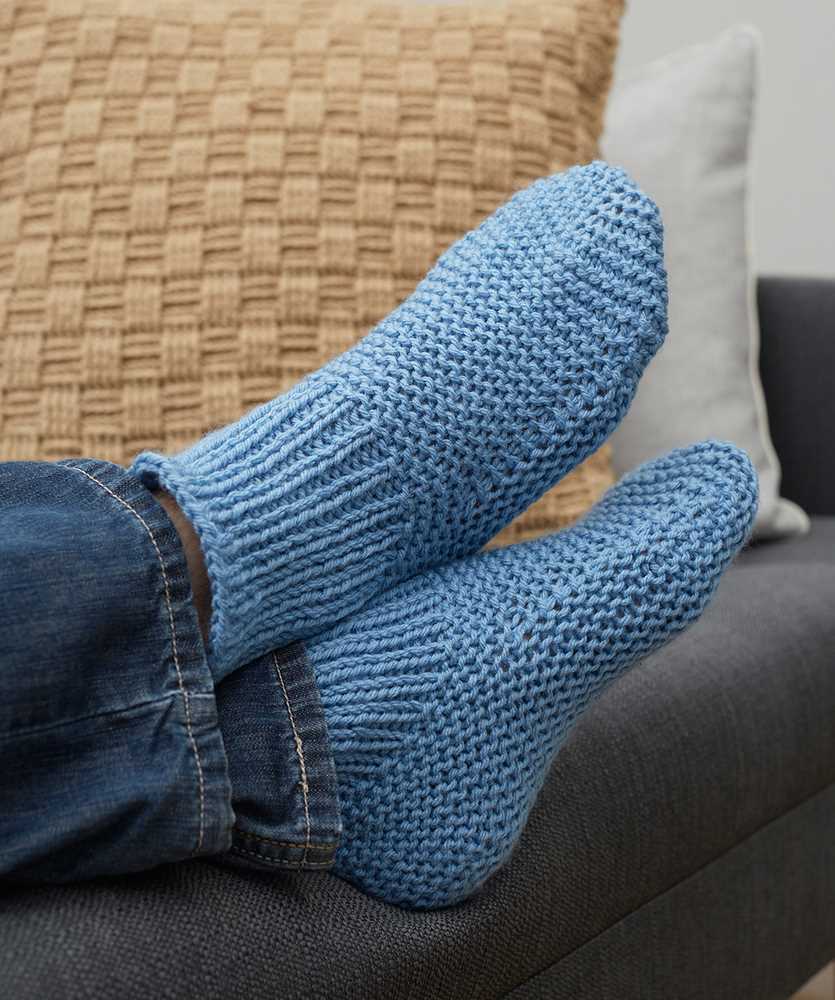
Stitch markers are small rings or clips that can be placed on your knitting needles to mark specific stitches or sections in your pattern. They are especially useful in sock knitting, where you may need to keep track of increases, decreases, or pattern repeats. Using stitch markers can help prevent mistakes and make it easier to follow complex sock patterns.
4. Tape Measure
Having a tape measure on hand is essential for ensuring a proper fit for your socks. Measurements such as foot length, foot circumference, and leg length are crucial in determining the size and shaping of your sock. Using a tape measure can also help you check your gauge and ensure that your socks will fit as intended.
5. Darning Needle
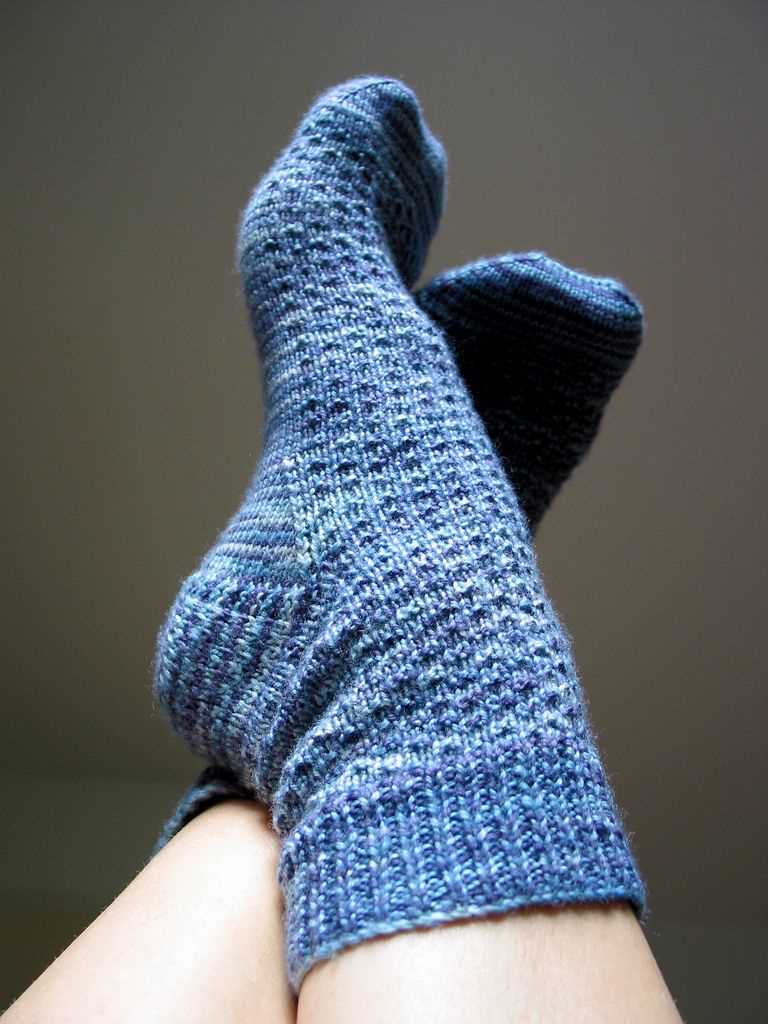
A darning needle, also known as a yarn needle or tapestry needle, is a necessary tool for finishing your socks. It is used to weave in loose ends, stitch up seams, and close the toe of your sock. Having a sharp, pointed needle with a large eye makes it easier to maneuver through the tight stitches of your knitting project.
6. Pattern or Instructions
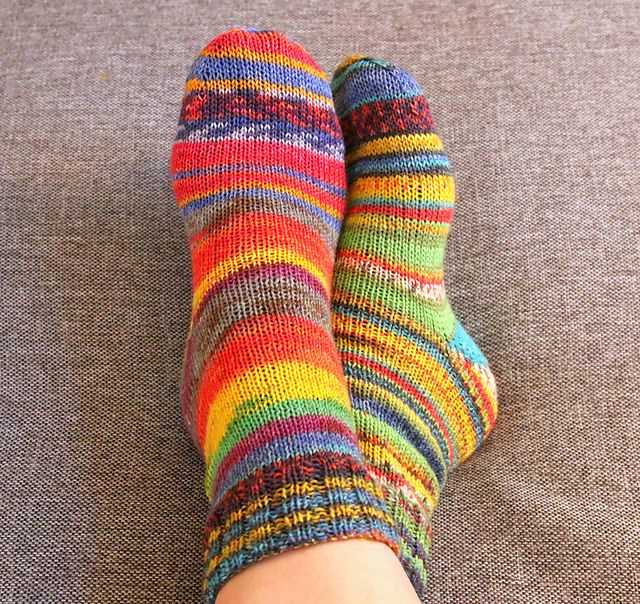
Lastly, having a sock knitting pattern or instructions is essential in guiding you through the process. Whether you prefer following a written pattern or using charted instructions, having clear and concise directions will help you create beautifully knitted socks. You can find free sock knitting patterns online or in knitting magazines, or you can buy a sock knitting book for a wide variety of patterns to choose from.
With these essential tools and materials in your knitting arsenal, you’ll be well-prepared to embark on your next sock knitting adventure. Happy knitting!
Top 5 Beginner-Friendly Sock Patterns
If you’re new to knitting socks, you might be feeling a little overwhelmed by all the different patterns available. Don’t worry! We’ve gathered a list of the top five beginner-friendly sock patterns to help you get started on your sock-knitting journey. These patterns are perfect for those who are new to sock knitting or want a simple and straightforward project to practice their skills.
1. Basic Ribbed Socks
The Basic Ribbed Socks pattern is an excellent choice for beginners. It features a classic ribbed design that is easy to knit, providing a comfortable fit for everyday wear. The pattern uses basic knitting techniques, including knit and purl stitches, making it an ideal project to learn and practice these essential skills.
2. Simple Lace Socks
If you’re looking to add a touch of elegance to your sock collection, the Simple Lace Socks pattern is a great option. The lace panels on the socks add a feminine and delicate touch, while still being a relatively easy pattern to follow. The combination of simple lace stitches and plain knitting creates a beautiful result that will impress your friends and family.
3. Striped Socks
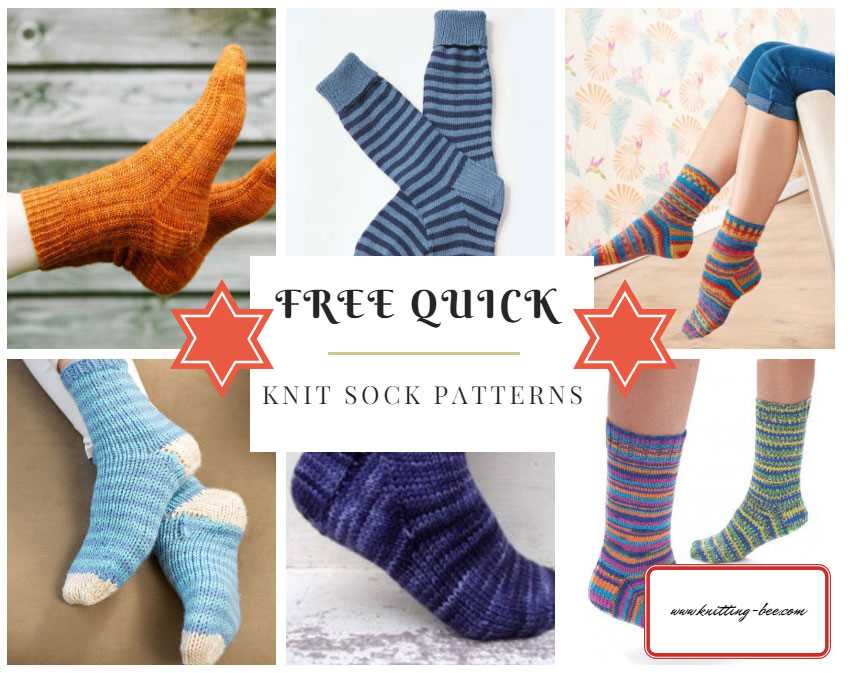
The Striped Socks pattern is a fun and colorful project that is perfect for beginners. Knitting with different colored yarns allows you to experiment with the basic sock pattern and add your personal touch. The stripes can be as simple or complex as you like, making this pattern an excellent choice for both novice and experienced knitters.
4. Fair Isle Socks
If you’re ready to take your sock knitting to the next level, the Fair Isle Socks pattern is a great option. Fair Isle is a technique that involves knitting with multiple colors to create intricate designs. While it may seem intimidating, this pattern provides a step-by-step guide to help you get started and create stunning Fair Isle socks.
5. Chunky Socks
Chunky socks are perfect for keeping your feet warm and cozy during the colder months. The Chunky Socks pattern features a thicker yarn and larger needles, making it a quick and satisfying project for beginners. The simplicity of the pattern allows you to focus on mastering the basic sock construction while creating a comfortable pair of socks.
These top five beginner-friendly sock patterns are perfect for anyone looking to start knitting socks. Whether you prefer a classic design or want to experiment with different techniques and yarns, these patterns will guide you through the process and help you create beautiful socks to keep or gift to loved ones.
How to Customize Sock Patterns
When it comes to knitting socks, following a pattern can be a great way to start. However, once you’re comfortable with the basics, you may want to customize your sock patterns to add your personal touch. Here are some tips to help you get started:
1. Adjust the Size
If you’re knitting socks for yourself or someone else, it’s important to ensure they fit well. You can easily customize the size of your sock by adjusting the number of stitches and rows. Consider the foot circumference, length, and ankle size when making modifications. You can also modify the width of the heel and toe to provide a better fit.
2. Experiment with Stitch Patterns
One of the easiest ways to customize sock patterns is by experimenting with different stitch patterns. You can incorporate various textures, cables, or lace designs to add visual interest to your socks. When choosing a stitch pattern, make sure it works well with the yarn weight and gauge you are using.
3. Add Personal Details
Make your socks truly unique by adding personal details. You can incorporate initials, names, or special symbols using stranded colorwork or duplicate stitch. Additionally, you can use different colors or variegated yarn to create stripes, color blocks, or patterns.
4. Customize the Cuff Length
The length of the sock’s cuff can greatly affect its overall look and functionality. You can choose to make a short cuff for ankle socks or go for a longer cuff for knee-high socks. Additionally, you can experiment with different ribbing patterns to add stretch and visual appeal.
5. Adapt the Gusset and Heel Flap
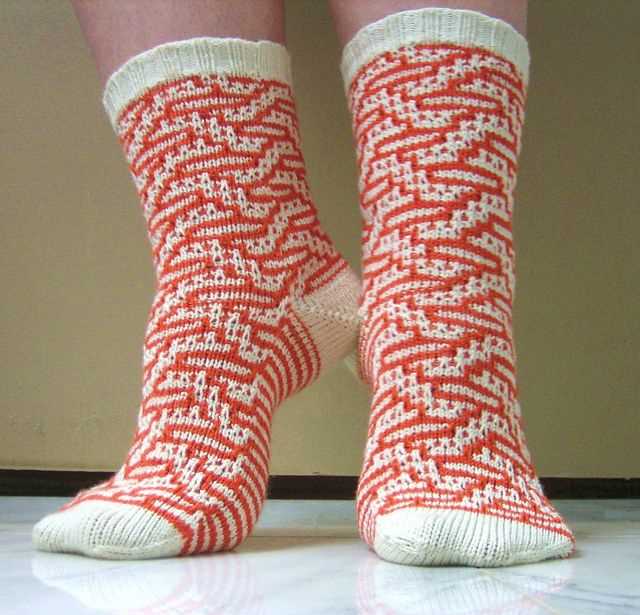
Gussets and heel flaps can be customized to your liking. You can adjust the number of stitches or rows in the gusset or choose a different heel flap pattern. There are various types of heel construction techniques, such as short row heels or afterthought heels, that you can explore.
- Experimenting with customization is part of the fun of knitting socks.
- Remember to always make a gauge swatch before starting your customization.
- Document your modifications so you can recreate your customized sock patterns in the future.
- Don’t be afraid to get creative and try new techniques and ideas.
Advanced sock knitting techniques
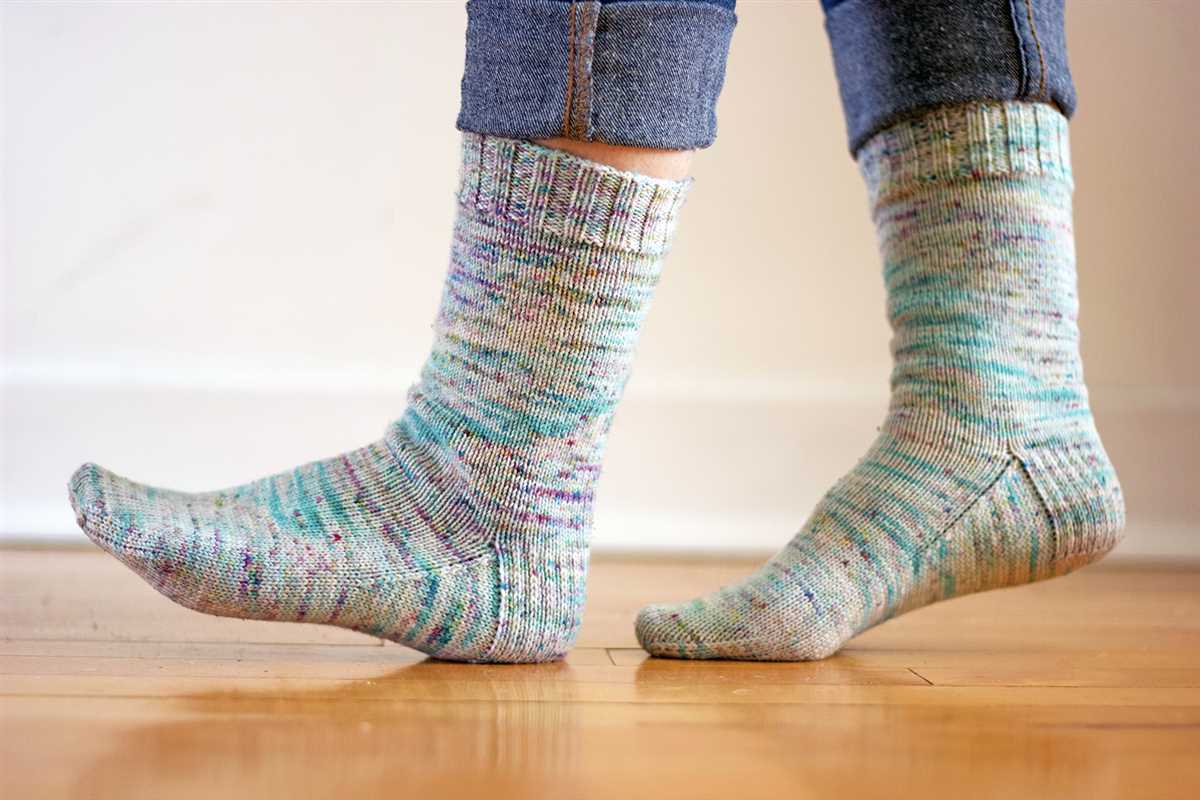
Once you’ve mastered the basics of sock knitting, it’s time to explore more advanced techniques that will take your sock-making skills to the next level. These techniques will allow you to create unique and intricate designs, add decorative elements, and improve the fit and durability of your socks.
1. Lace stitches: Lace stitches can add a beautiful and delicate touch to your sock design. They are created by combining yarn-overs and decreases to create decorative patterns. Lace stitches can be used to create intricate floral or geometric motifs, or to add a touch of elegance to the leg and cuff of your socks.
2. Colorwork: Colorwork involves knitting with two or more colors to create patterns and designs on your socks. Popular colorwork techniques include stranded knitting (also known as Fair Isle), intarsia, and slip stitch colorwork. Colorwork allows you to experiment with bold and vibrant colors, create intricate motifs, and add visual interest to your socks.
3. Heel and toe shaping: Advanced sock knitters often experiment with different heel and toe shaping techniques to improve the fit and durability of their socks. Common techniques include short row heels (such as the wrap and turn method), gusset heels, and anatomically-shaped toes. These techniques can help prevent holes in high-wear areas and create a more comfortable and customized fit.
4. Advanced finishing techniques: Finishing techniques can greatly improve the overall appearance and quality of your socks. Some advanced finishing techniques you may want to explore include Kitchener stitch (to seamlessly graft toe stitches), tubular bind-off (for a stretchy and neat edge), and different methods for weaving in ends. These techniques will give your socks a polished and professional finish.
By incorporating these advanced sock knitting techniques into your projects, you can elevate your sock knitting skills and create beautiful and unique socks that are as enjoyable to make as they are to wear.
Top 5 Challenging Sock Patterns
If you’re up for a knitting challenge and want to push your skills to the next level, these top 5 challenging sock patterns are perfect for you. These patterns require intermediate to advanced knitting techniques and will provide a satisfying sense of accomplishment once completed.
1. Cable and Lace Socks
Combine the elegance of lace patterns with the intricate beauty of cables in these challenging socks. The combination of these two techniques creates a visually stunning design that will impress anyone who sees them. Be prepared to work with cable needles and lace charts to create these unique socks.
2. Fair Isle Socks
Traditionally associated with Nordic knitting, Fair Isle patterns are a great way to add color and complexity to your sock knitting. The challenge lies in managing multiple yarn colors and creating intricate stranded colorwork designs. You’ll need to pay close attention to tension and color dominance for stunning results.
3. Aran Stitch Socks
Aran stitching is characterized by its rich texture and intricate patterns. These socks incorporate classic Aran stitches, such as cables, bobbles, and honeycomb patterns, to create a luxurious and cozy texture. This pattern will challenge your cable knitting skills and give your socks a timeless, traditional appeal.
4. Estonian Lace Socks
Estonian lace knitting is known for its delicate, intricate patterns that showcase the beauty of lace knitting. These socks feature unique lace motifs, often inspired by nature, and require working with fine lace-weight yarns and intricate lace charts. The finished socks will be a true work of art.
5. Twisted Stitch Socks
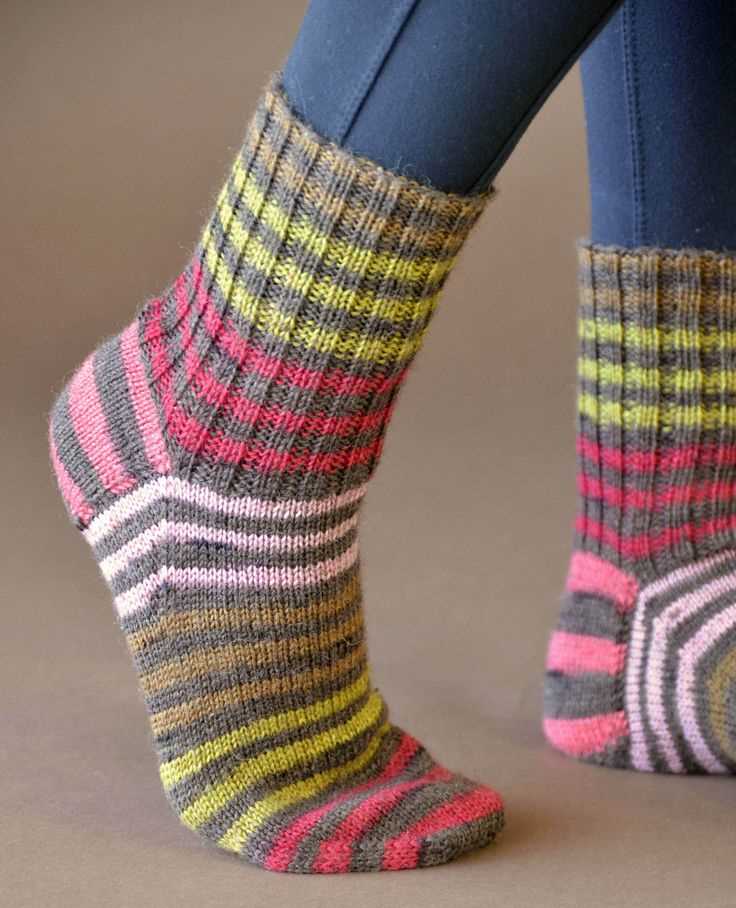
Twisted stitches create a highly textured fabric that adds depth and interest to sock knitting. These socks feature intricate twisted stitch patterns that may require you to work with a cable needle or work stitches out of order. The end result is a pair of socks with a beautifully textured, sculpted look.
Embark on a knitting challenge with these top 5 challenging sock patterns and take your sock knitting skills to new heights. Each pattern offers its own unique set of challenges and rewards, ensuring that you’ll be proud of the finished product. Whether you choose to tackle cable and lace, Fair Isle, Aran, Estonian lace, or twisted stitch socks, you’ll be mastering new techniques and creating beautiful socks in the process.
Tips for achieving the perfect fit
Finding the perfect fit for your hand-knitted socks can sometimes be a challenge. But with the right techniques and a little bit of trial and error, you can create socks that fit like a dream. Here are some tips to help you achieve the perfect fit:
1. Accurate measurements are key
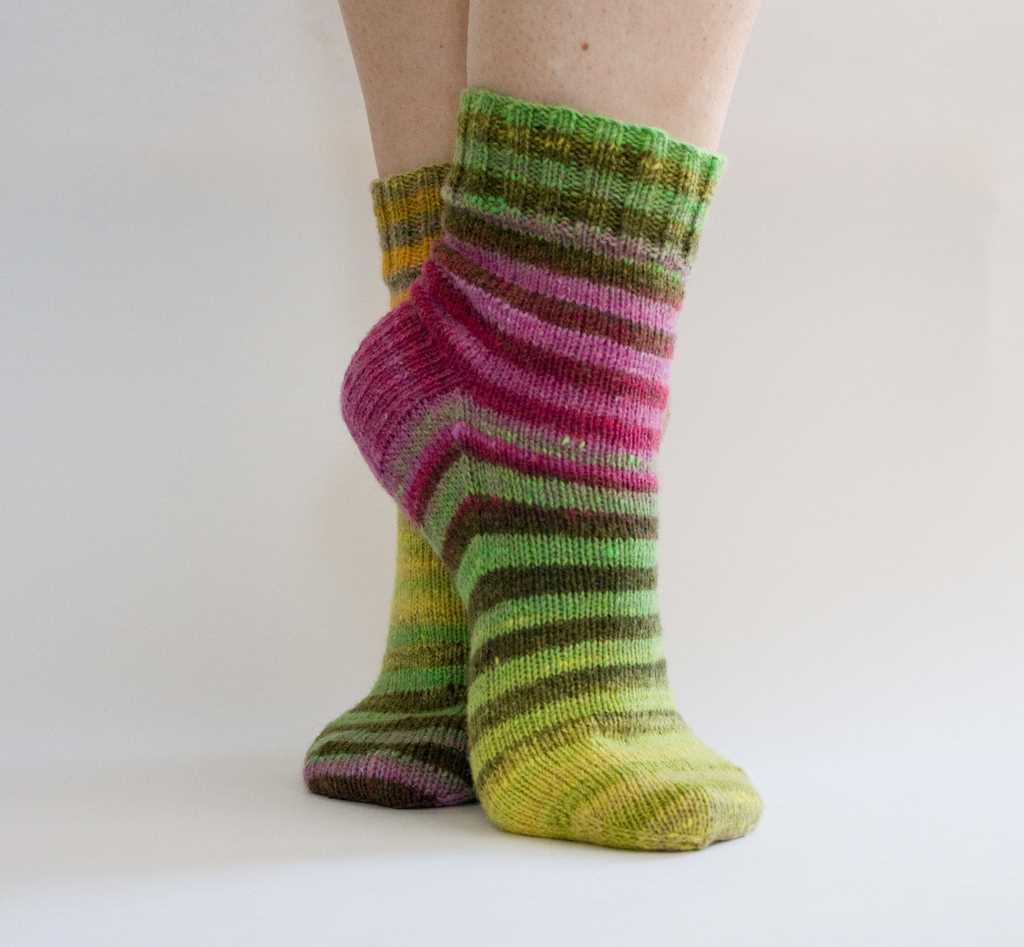
Before starting your sock project, it’s important to take accurate measurements of your foot. Measure the circumference of your foot at the widest part, as well as the length from your heel to your longest toe. This will help you determine the appropriate size and make necessary adjustments to the pattern.
2. Swatch and gauge check
Knitting a swatch and checking your gauge is essential for achieving the perfect fit. Follow the instructions in the pattern to create a swatch using the recommended yarn and needles. Measure your gauge and compare it to the gauge given in the pattern. Adjust your needle size if necessary to ensure your stitches per inch match the pattern’s gauge.
3. Choose the right stitch pattern
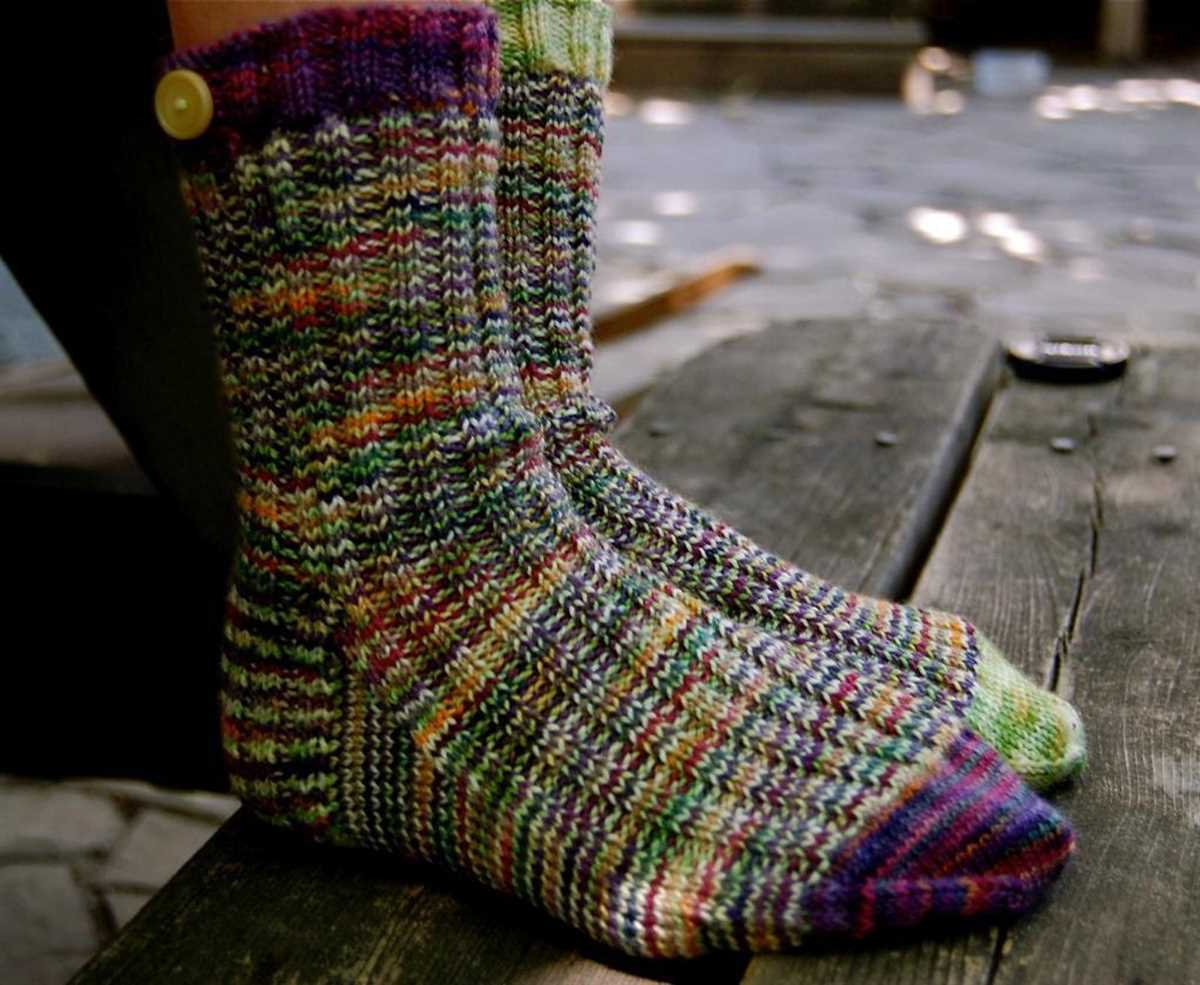
The stitch pattern you choose can greatly affect the stretchiness and fit of the socks. Ribbing, for example, is a popular choice for the cuff as it provides elasticity and helps the socks stay up. Experiment with different stitch patterns and consider your foot shape and preferences when selecting the stitch pattern for the body of the socks.
4. Try on as you go
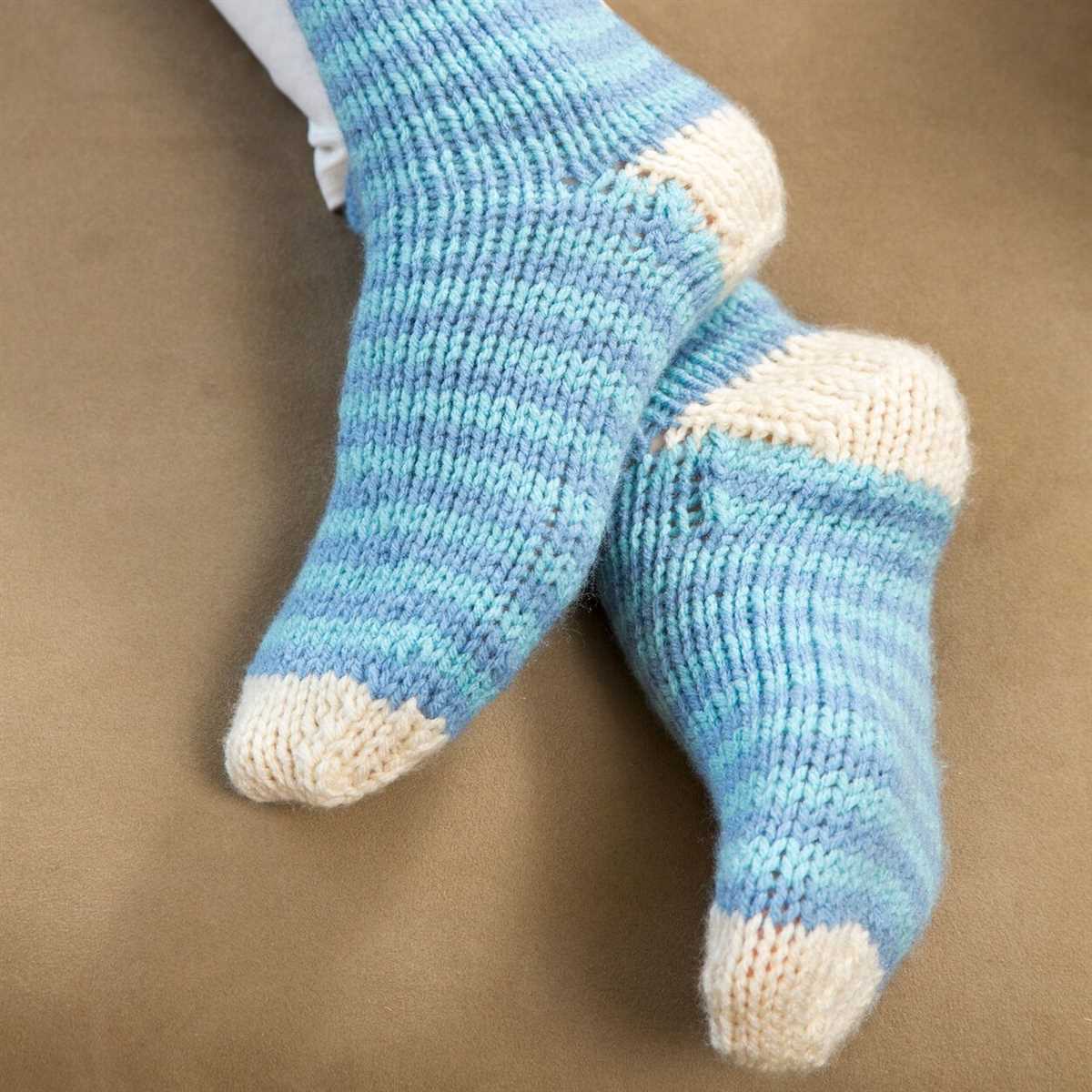
As you knit each section of the sock, periodically try it on to check the fit. This will allow you to make adjustments if needed, such as adding or subtracting stitches, increasing or decreasing the length, or modifying the heel and toe shaping. Trying on the sock as you progress will help ensure you achieve a comfortable and well-fitting final product.
5. Customization is key
Remember, not everyone’s feet are the same, so don’t be afraid to customize the pattern to fit your specific needs. If you have a high arch or wide feet, for example, you may need to make adjustments to the pattern to accommodate these differences. Take note of any modifications you make so you can replicate them for future sock projects.
By following these tips and being mindful of your measurements and preferences, you can create hand-knitted socks that fit perfectly and provide maximum comfort.
How to care for your hand-knit socks
Hand-knit socks require special care to ensure their longevity and to keep them looking and feeling their best. Here are some tips on how to properly care for your precious hand-knit socks:
- Hand wash: It is best to hand wash your hand-knit socks instead of machine washing them. Fill a basin with lukewarm water and add a gentle wool wash detergent. Gently agitate the socks in the water, then rinse them thoroughly with clean water. Avoid wringing or twisting the socks, as this may cause them to lose their shape.
- Dry flat: After washing, lay your hand-knit socks flat on a clean, dry towel to air dry. Avoid hanging them, as this can stretch out the fibers and cause the socks to lose their shape. Reshape the socks if needed while they are still damp.
- Avoid direct sunlight: Sunlight can fade the colors of your hand-knit socks over time. To protect them from sun damage, store your socks in a cool, dark place when not in use.
- Avoid harsh detergents: Use a mild wool wash detergent specifically designed for delicate fabrics to clean your hand-knit socks. Harsh detergents can cause the colors to fade and the fibers to become damaged.
- Avoid friction: To prevent pilling and excessive wear, avoid rubbing your hand-knit socks against rough surfaces or shoes. Consider wearing them with slippers or inside shoes to minimize friction.
- Rotate your socks: To prevent wearing out one pair of socks too quickly, it is a good idea to rotate your hand-knit socks and wear a different pair each day. This will help distribute the wear evenly and prolong the life of your socks.
- Moth protection: Protect your hand-knit socks from moths by storing them in airtight containers or adding cedar balls or lavender sachets to your storage area. Moths can be attracted to wool fibers and may cause damage if left unchecked.
By following these care instructions, you can ensure that your hand-knit socks remain soft, cozy, and beautiful for years to come. Take the time to care for your socks, and they will reward you with warmth and comfort every time you wear them.
Conclusion
In conclusion, the world of sock knitting is vast and ever-growing. Whether you are a beginner or an experienced knitter, there are countless resources and communities available to help you improve your skills and find inspiration for your next sock knitting project.
From online communities and forums to knitting groups and classes, there are plenty of opportunities to connect with fellow sock knitting enthusiasts and learn from their experiences. Additionally, many websites and blogs offer free sock knitting patterns, tutorials, and tips to help you on your knitting journey.
If you’re looking for a place to start, Ravelry is a fantastic resource that provides access to a vast collection of sock knitting patterns and a community of knitters to connect with. Social media platforms like Instagram and Pinterest are also great sources of inspiration, with countless sock knitting patterns and projects shared by knitters from around the world.
Remember, knitting socks can be a fun and rewarding hobby. Don’t be afraid to experiment with different patterns, stitches, and techniques to create unique and personalized socks. With a little practice and the right resources, you’ll soon be knitting beautiful and cozy socks for yourself and your loved ones.
Happy sock knitting!
